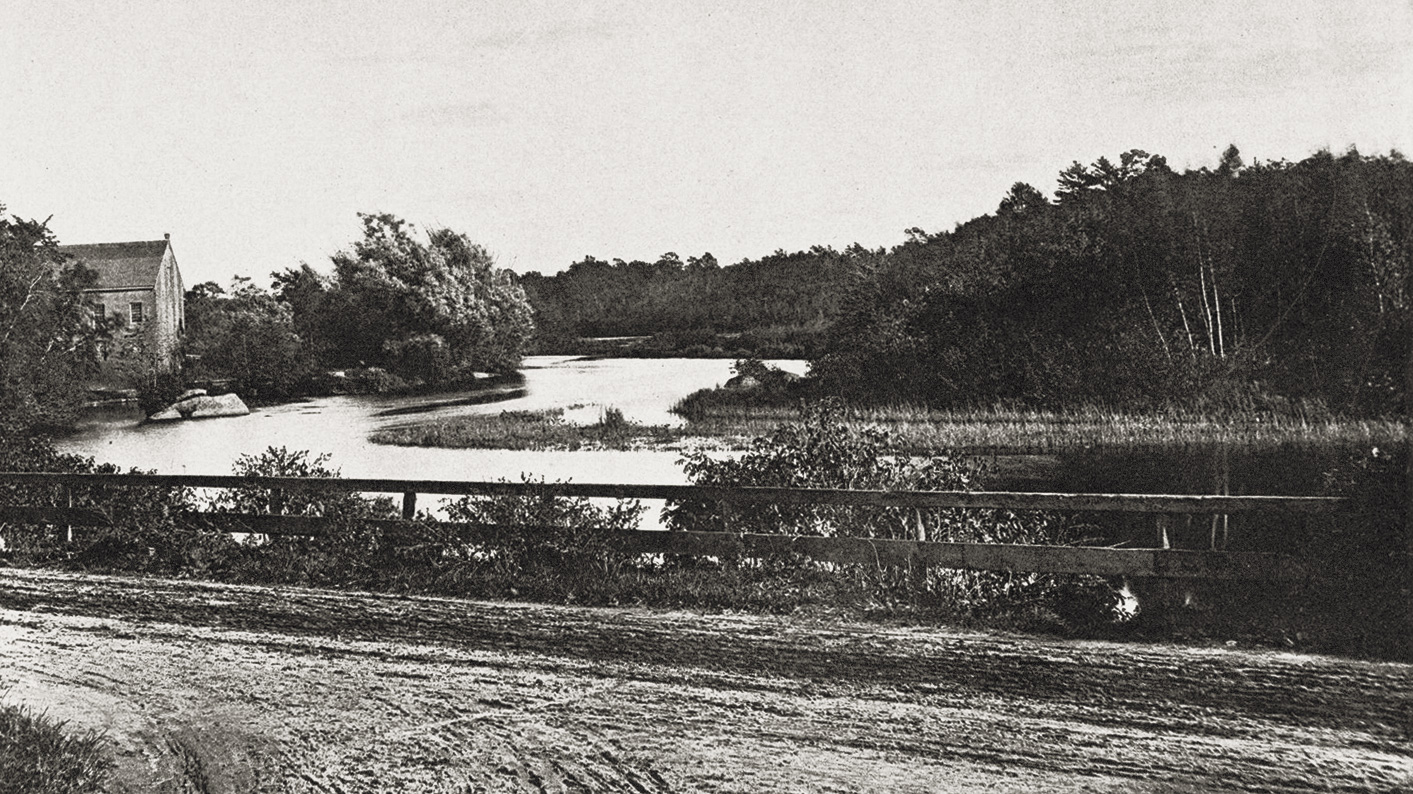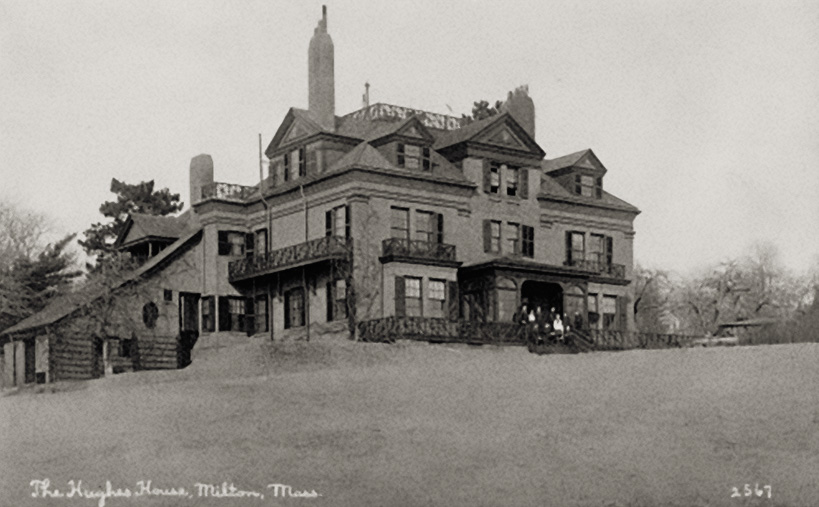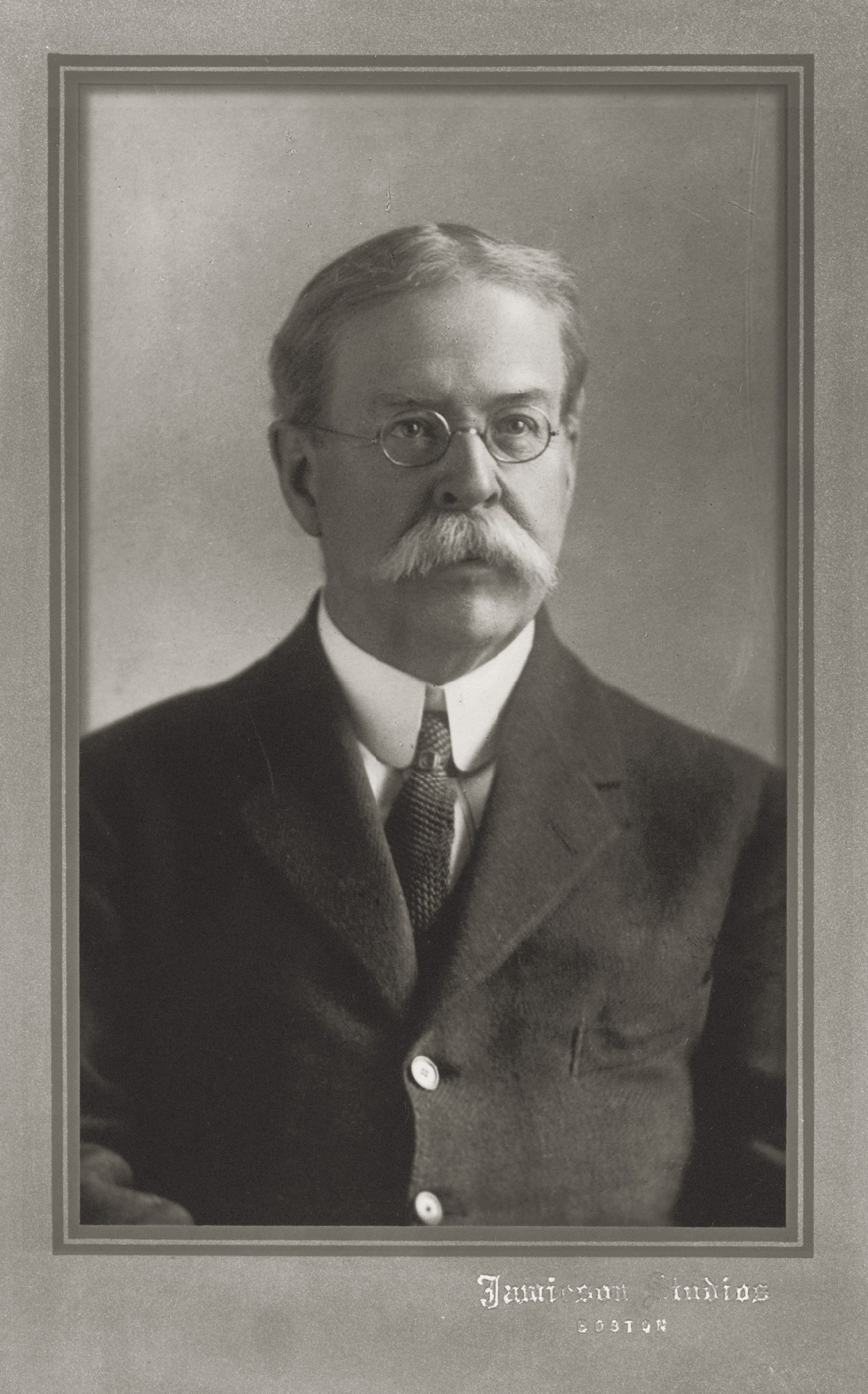The incoming queen of Kendall Square talks Smoots, "cancel culture," and how to get more young women into STEM.
Jonathan Soroff | Boston Magazine
With renewed concerns about diversity, affordability, and censorship on campus—to say nothing about the future of space exploration and renewable energy—there’s a lot going on at MIT these days. For recently named president Sally Kornbluth, who is moving to the Bay State from North Carolina, where she’d served as provost at Duke University since 2014, it means the chance to shape one of the world’s most prestigious universities at a time of momentous change.
We caught up with her to discuss all of that, plus Smoots, the Sox, and how she plans to navigate the academic waters north of the Charles when she officially takes her post on January 1.
What do you anticipate being the best perk of your new job?
I’m a scientist by training, and I haven’t had a lab for some time. So I can live vicariously through the work of others, in a way, and really enjoy the discoveries that they’re making. I expect to learn about a lot of exciting projects, findings, discoveries, and inventions that I can help enable or support in a way that I could never do in my own work. I think it’s going to be like a candy store for the intellectually curious.
What percentage of what goes on academically or in research at MIT do you think will be comprehensible to you since—for most of us—the answer is zero?
Well, I’ll certainly understand what’s going on in the biology department, deeply. A lot of my colleagues, I follow their work. I have some understanding of what’s going on in engineering—although I’m not an engineer—particularly in the biomedical or biological engineering space. And, you know, I’ve closely followed a lot of different disciplines in my work as provost. I’m excited by what’s going on in the arts at MIT, the social sciences, and the humanities. A big part of the MIT ethos and culture is to try to make the work really accessible to others because it’s important to people’s lives on this planet. So, either I will understand it and help to translate it, or my faculty and colleagues will help translate it for me.
First thing you’ll do when you walk in the door?
The first thing I’ve got to do is get a map. I have never seen such a confusing welter of buildings that are numbered in a seemingly crazy manner. And then, honestly, just really get out there and meet everybody: the students, the faculty, the staff. It’s really going to be an exciting moment to get to know all these new people and all their exciting work.
So, offhand, do you know MIT’s Latin motto?
I believe it’s “Mind and hand.”
Yes! “Mens et Manus.” Well done. What do you think are the things you’ll miss most about North Carolina, and what are you most looking forward to in moving to New England?
I’ve been here [in North Carolina] a long time. I’m going to miss all my friends and colleagues. You know, my kids grew up here, there’s people here that I’ve known for years. Also, the weather’s pretty mild here. But it’s funny. I was up at MIT last weekend, and I was walking around with friends, and something really struck me, which is you don’t realize how much the foliage, plants, and trees that you were used to seeing growing up make you feel at home. I grew up in northern New Jersey, and I went to school at Williams College. I was with a friend who’s also from the Northeast, and she reached out and touched this shrub. She said, “You remember this?” I said, “Yes. I haven’t seen it in years.” I’m kind of excited about going back to this environment that’s so familiar.
But probably less excited about a long winter?
Well, I just bought myself a nice warm coat.
This next question is extremely important: Are you a sports fan, and if so, are you ready to swear fealty to Red Sox Nation, Patriots Nation, and Celtics Nation?
It’s so funny. I was thinking about that because when I was growing up, and my father would be watching sports on television, I’d say, “Dad, who are you rooting for?” And he’d say, “Nobody. I just find the game interesting.” I like watching sporting events, but I must admit, I’m not rabid for one team or another. I will be rooting for the MIT Engineers. But I have to say, I’ve gotten emails from people saying, “Don’t you dare root for the Red Sox!” Maybe I’ll maintain my neutrality for a bit, but then I might get sucked in.
But I assume you’ll always have a warm spot for the Blue Devils?
Yeah, of course. Plus, I have an extensive wardrobe of Duke stuff.
In a nutshell, what do you see as MIT’s greatest strength?
Honestly, it’s the ingenuity and brilliance of the faculty and students. If you believe that higher education is the talent development game, you can’t be anyplace better than MIT to help do that. It’s just brilliant people doing what they do best, and it’s amazing to me the amount of mind-bending work going on there.
Here’s another gotcha question: Do you know what a Smoot is?
I do. I know because my son is a graduate student at MIT, and we were walking across the bridge, like a year or two ago, and he explained it to my husband and me.
Are you prepared for, and what do you think of, the incredibly elaborate pranks MIT students are famous for, like taking apart and reassembling a police car on top of the dome?
I have to admit that I find those kinds of things incredibly amusing. I remember hearing about pranks like that throughout my career. My favorite was a sign on an elevator that said, “Elevator has now become voice activated. Please loudly announce the floor you wish to go to.” And there were all these people yelling, “Fourth floor!” It was hilarious. So, I’m familiar with them, and I think it’ll be fun.
On a more serious note, you’re joining a heavily female executive team: board chair, chancellor, provost, dean of science. Do you think that has particular significance?
I think we’ve reached a point, or I hope that we have, where we’re selecting the top talent and tapping into the full range of human talent. I think all of the leaders at MIT, and I hope I’m included, have been selected for their skills. It’s wonderful that they’re also women, but I believe that it’s a really strong team. My husband always says he thinks women should run the world.
How do we, as a society, get more young girls interested and involved with math and science?
One way is that I do think the presence of more women in these areas provides more role models, and it behooves women who have had success in these areas to reach down the pipeline and help others have the same success. The other thing is to have low barriers to entry into these areas. Because in some areas, girls may not have been traditionally encouraged to jump in. Girls, as well as boys, should be able to gravitate to their true interests and talent and not have to scale a wall to get into certain areas.
At this point, you’ve served in an administrative role for nearly nine years. Do you think you could go back to teaching an undergraduate course in your field of biology, or has that ship sailed?
I’d have to do a lot of reading, a lot of catch-up. But the basic skill set is still there. Could I understand what I read and learn to think about ways to teach it effectively? I think so. To go back and run a lab from scratch? That would be a bigger mountain to climb than teaching a course.
Any thoughts about the affirmative action question facing the Supreme Court?
Well, obviously, we’ll see how this plays out, and certainly, MIT will follow the law, whatever that is. But I think the bottom line is that institutions really, really benefit from a diversity of perspectives and a diversity of backgrounds, and regardless of the outcome of the Supreme Court decision, it’s going to be important for a place like MIT to still be able to hear truly diverse voices. A diverse team just comes up with much better ideas and discoveries. It’s not an echo chamber.
Do you think that in academics and society, too much emphasis is placed on sort of “brand name” schools?
There are many, many, many institutions in this country where you can get a fabulous education. So, do I divide the world in that way? Not necessarily. That said, what’s exciting to me about MIT and other institutions you might name is the high concentration of fabulous scholars. There are some institutions that can offer students exposure to that kind of scholarship as part of their experience.
Your predecessor had to navigate censorship and “cancel culture” on campus. How do you intend to handle that?
You’ve got to foster a culture where freedom of speech is strongly supported, even if that speech is maybe something someone doesn’t want to hear. That’s fine, as long as it doesn’t incite violence and doesn’t target individuals. That said, it can be difficult because people feel that words can hurt them. They don’t like to hear things they don’t want to hear. But I believe it’s the role of an educational institution to expose students to ideas or positions that they might not have otherwise entertained or heard.
Will it be weird to be president of a university where your son is a Ph.D. candidate?
[Laughs.] You might ask him that. I hope it won’t be weird for him. For me, it’s delightful because I’ll get to see him more often. And I’m not going to show up at his lab with a batch of cookies.
Thoughts on the idea of making tuition free to all?
You know, I can’t speak to that for MIT now, but I will say this: 85 percent of MIT graduates leave debt-free. There is a very robust financial aid program that’s both need-blind admissions-based and meeting the full needs of students financially. MIT is, no doubt, in a very privileged position in this way to have the resources to do that, but I don’t think that an MIT education is where these problems currently reside.
You were the chair of the trustees for the Duke Kunshan University partnership. China is so demonized these days; do you see it as an ally or a threat?
Well, let me just say up front that the partnership was really meant to bring liberal, American-style education to China, so it was not a deeply political play, nor was it a heavily research-based program. China is a place to approach with some balance. The open exchange of ideas has really fueled science, taking advantage of brilliant ideas from all over the world. But you have to balance that with national security threats and risks, which are very real. And greater minds than mine are grappling with that. I don’t demonize it as a country, but there are certainly thorny issues that have to be navigated.
What are your hobbies or pastimes?
I have two dogs that I like to walk all the time. People will see them walking around campus. I like to read. I have to admit that I like to watch those British mysteries. In fact, given the number I’ve watched, it’s surprising there’s a person left alive in the British Isles. I like to ride my bike. I like to hike. And during the pandemic, I took up needlepoint and felt flower making, which is a little odd. Some sort of latent craftiness that I never knew I had.
Any desire for a Nobel Prize?
No. I’ve never done anything that would merit a Nobel Prize. But I hope to be able to create, continue to create, I should say, fertile ground for future Nobel Prize winners.














